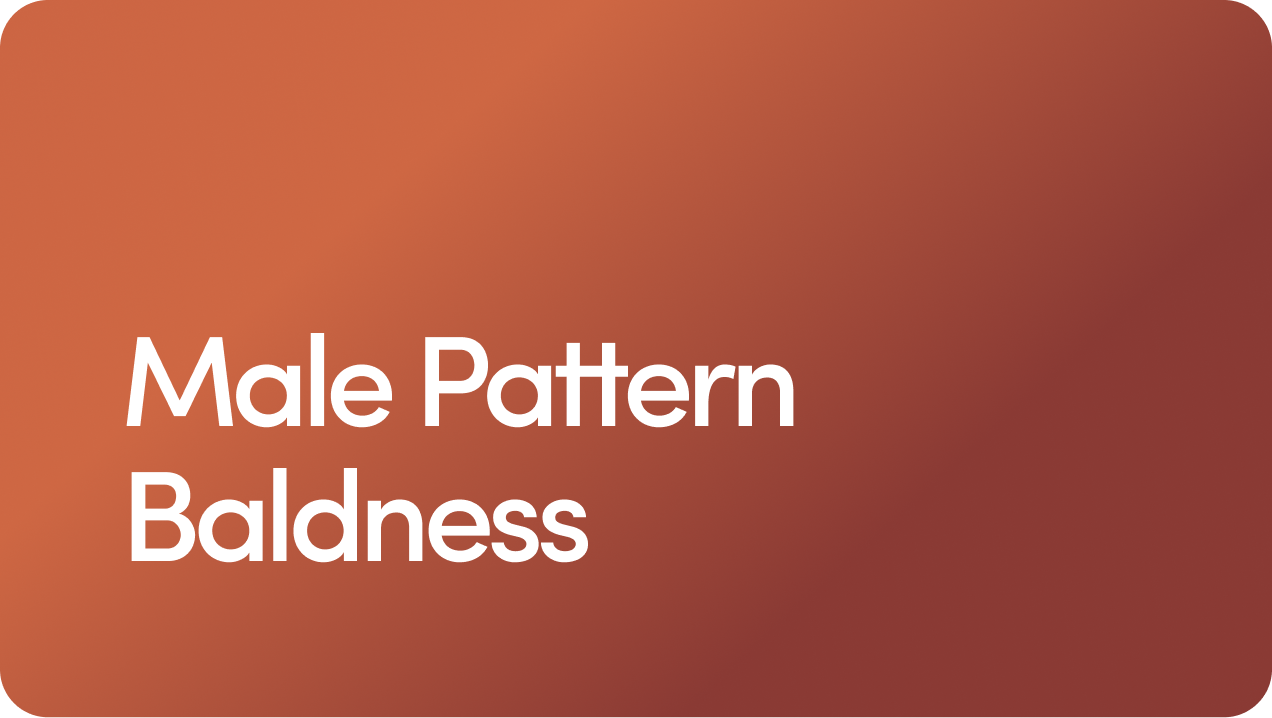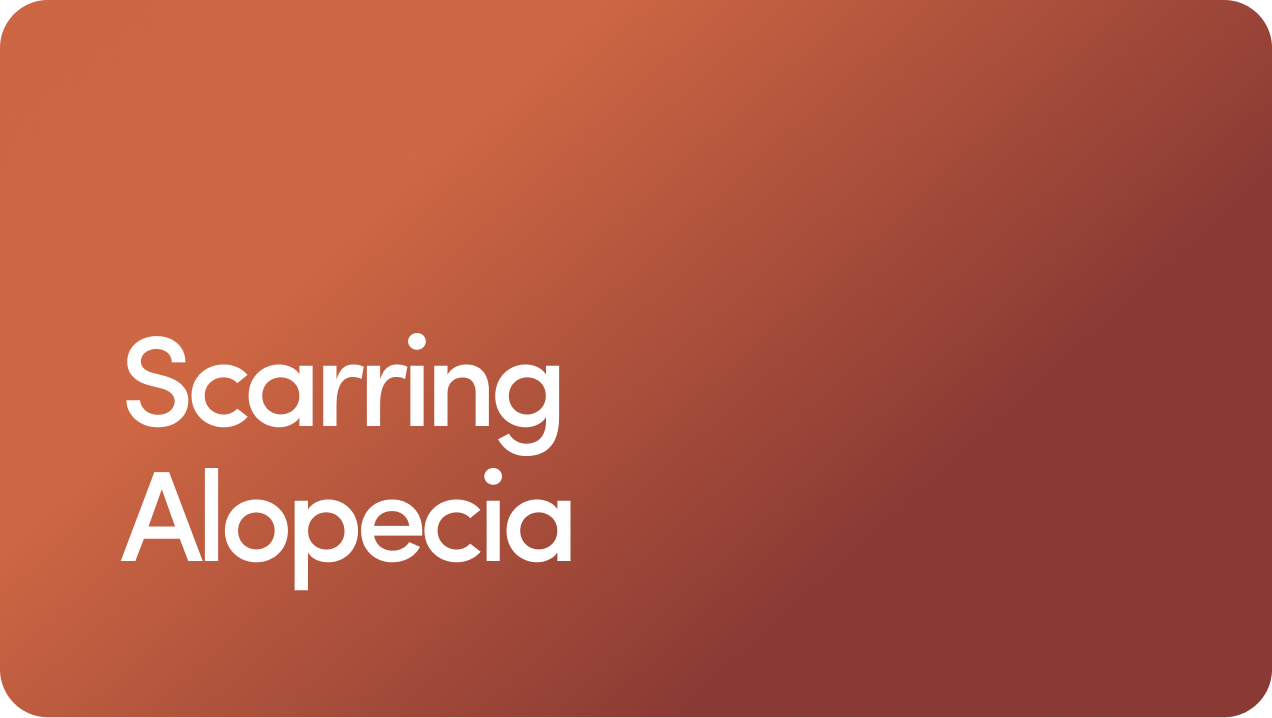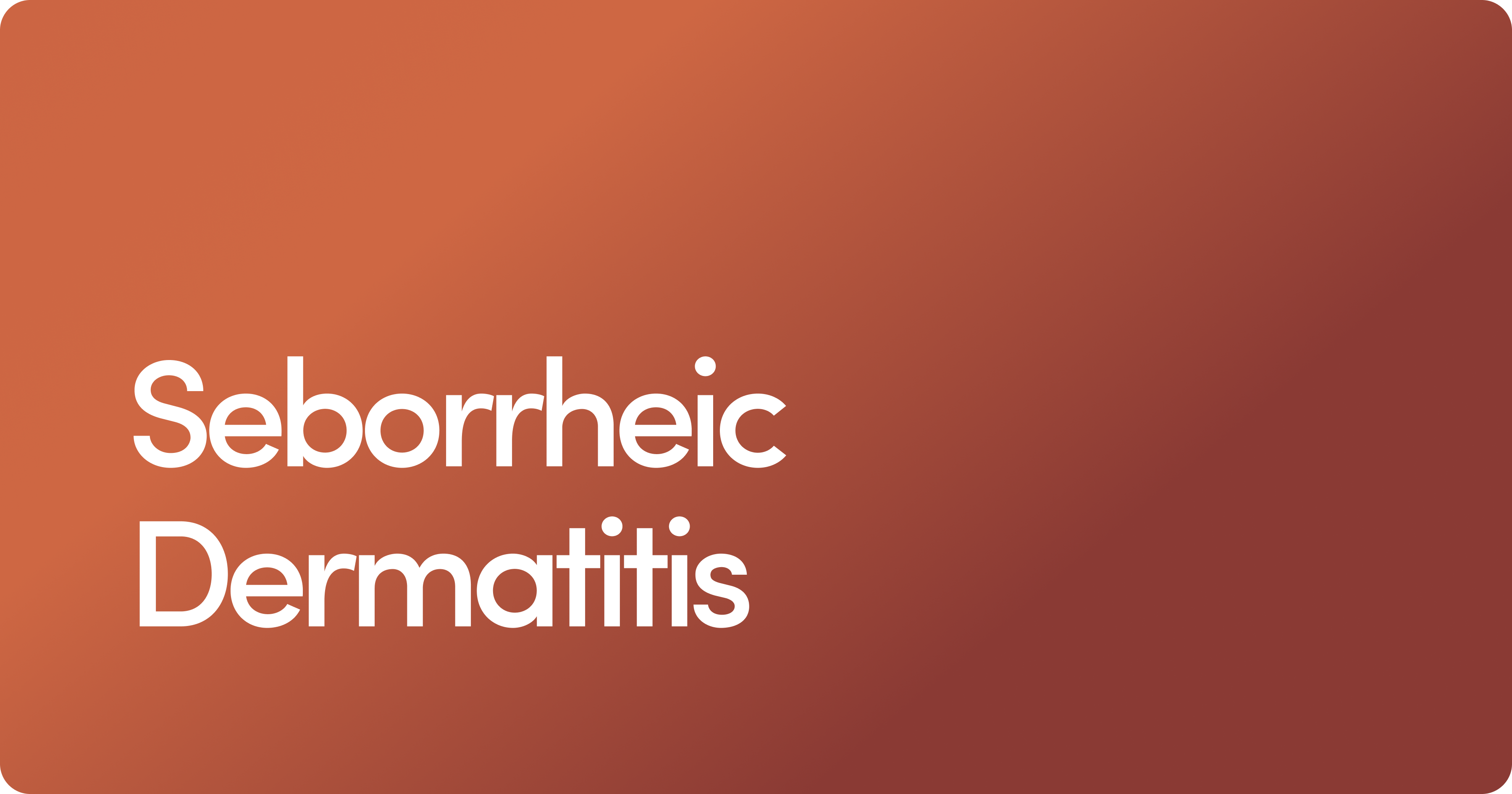Content
FDA approved for more than 25 years
Neem Oil for Hair: Benefits, Uses, and What Science Says

If you’ve spent any time looking into natural oils for hair growth, chances are, you’ve come across neem oil for hair. It’s often said to help with issues like dandruff or hair loss — but is that myth or fact?
While neem oil is a popular Ayurvedic remedy, there isn’t much research on neem oil for hair loss. If you’re hoping neem oil will single-handedly reverse hair fall, you might want to manage your expectations.
However, if you’re looking for a natural way to support scalp health, reduce dandruff, or strengthen your hair, this pungent oil could be a solid addition to your hair care routine.
Let’s break down the benefits of neem oil for hair, how to use it, and alternatives to consider for healthier hair growth.
Content
What Is Neem Oil?
Neem oil is a natural oil extracted from the seeds of the Azadirachta indica tree, commonly known as the neem tree. This tree is native to India and some parts of Africa.
Many parts of the tree — including neem leaves, seeds, and oil — have been used for centuries in Ayurveda, the ancient Indian medicine system.
Neem oil may have antibacterial, antifungal, and anti-inflammatory properties. Besides hair care, neem is used for skincare concerns and even as a natural pesticide for plants.
Unlike some lighter oils like argan or coconut oil, neem oil has a thick consistency and a strong, somewhat pungent scent — think earthy, sulphur-like, and garlicky.
While it might not be the best-smelling ingredient in your hair care routine, its potential scalp and hair benefits make neem oil worth considering.
Neem Oil Benefits for Hair
Neem oil is packed with essential fatty acids, antioxidants, and bioactive compounds believed to support scalp health. How so? They might help address conditions like dandruff, irritation, and hair thinning.
Though more scientific research is needed to conclusively prove neem oil’s effects on hair growth, its properties suggest it can improve overall scalp and hair health.
1. Neem Might Fight Dandruff
First, neem is often recommended as a natural remedy for dandruff and seborrheic dermatitis (the fungal skin condition that often causes flakes and itching).
Some research has found that neem can reduce dandruff, thanks to its antifungal properties, which can help in fighting yeast infections of the scalp. Other research, like this 2024 study, noted that a hair product containing neem and rosemary oil was effective at reducing dandruff.
If you have a flaky, itchy scalp, cold-pressed neem oil might be worth a try. Otherwise, you can try treatments like our dandruff detox shampoo with pyrithione zinc and salicylic acid.
2. Neem Might Strengthen and Moisturize Hair
Regularly using a quality hair oil might help prevent split ends, frizz, and breakage.
Like many other hair oils, neem contains essential fatty acids and vitamin E. This can help strengthen hair strands and lock moisture into the hair cuticle.
By coating the hair shaft, it can also smooth the hair cuticle, making your strands look shinier and healthier.
If you have a dry scalp, neem could also help with that. Its hydrating qualities can help keep dryness and flaky skin at bay.
3. Neem Might Help With Scalp Infections
Neem oil has been traditionally used to treat scalp infections — including bacterial infections and fungal overgrowth.
As noted, research shows that neem has antifungal and antibacterial properties. According to a review of research, neem seed oil can fight several types of bacteria and fungi.
If you deal with persistent scalp irritation, flaking, or infections, neem oil may help — but if symptoms don’t improve, it’s best to see a dermatologist or another healthcare provider.
4. Neem Might Fight Lice Infestations
Nobody wants to talk about lice, but it’s a real concern — and it can be pretty difficult to treat.
There are many home remedies for lice. Neem might be an effective one, according to research.
A small 2012 study looked at 12 children with severe head lice. It found that a shampoo containing neem oil effectively killed all lice after a single treatment lasting 10 or 20 minutes. Lab tests showed that the shampoo prevented nits (lice eggs) from hatching and that submerging lice in the shampoo for just three minutes was enough to kill them.
Many lice shampoos contain neem. The ingredient is often combined with other natural ingredients said to kill lice.
Can I Use Neem Oil for Hair Loss?
Although you might’ve read anecdotal reports about people using neem for hair growth, it’s not a clinically proven hair growth treatment.
The above-mentioned 2024 study looked at the hair growth effects on mice of both neem and rosemary oil. It found that both oils improved hair growth, outperforming minoxidil — a clinically backed hair loss treatment approved by the U.S. Food and Drug Administration (FDA).
However, to explore the potential of neem oil for hair growth, we’d need human clinical studies — not just lab tests and mice studies.
It’s possible neem oil can promote a healthier scalp environment, thus indirectly supporting hair growth. After all, a healthy scalp is essential for healthy hair growth.
But this doesn’t mean neem oil will help regrow your receding hairline or slow down the effects of male pattern baldness — you’re wise to turn to science-backed options for that.
If you’re experiencing progressive hair thinning or significant hair loss, we highly recommend seeking clinically proven treatments instead of relying on neem oil alone.
How to Use Neem Oil for Hair
If you want to incorporate neem oil into your hair care routine, here are some easy ways to use it.
1. Try a DIY Neem Oil Hair Treatment
Whether you want to use neem oil for dandruff, lice, or another scalp issue, you can try using a DIY neem hair mask.
How to use it:
Mix a few drops of neem oil with a carrier oil like coconut, jojoba, or almond oil. (Undiluted neem oil may be too strong for some scalps.)
Massage the mixture into your scalp for five to 10 minutes.
Leave it on for 30 minutes to an hour, then wash out with shampoo.
Follow with your regular conditioner.
Remember, neem smells quite strong — so it’s best not to use this treatment right before a special event.
2. Add Neem Oil to Hair Products
Not into DIY beauty? You could add a few drops of neem oil to your usual hair products.
Since neem oil smells pungent, it’s best to mix your shampoo with neem in a separate container — don’t add neem oil directly to your shampoo bottle unless you’re sure you’re fine with the smell.
3. Neem Oil Hair Products
Conveniently, many pharmacies and wellness stores offer neem oil hair products — including dandruff and lice treatments, daily shampoos, and conditioners.
If you want to integrate neem oil into your hair care routine with little mess and fuss, consider opting for one of these products.
Neem oil has plenty of benefits, but it’s not without potential downsides. While generally considered safe for topical use, some people may experience side effects.
Here are some possible side effects of neem oil for hair:
Allergic reactions. Though neem allergies are rare, they’re possible. Patch-test neem before using it on a large area of your scalp.
Scalp irritation. Neem oil is potent, and it may cause redness, itching, or a burning sensation — especially if you have sensitive skin or a condition like eczema or psoriasis.
Unpleasant odor. Neem oil has a strong, pungent smell often compared to garlic or sulfur. Be sure to wash it out thoroughly after using it.
Excess oil. Neem oil is thick and heavy, so it can weigh down fine hair or cause product buildup if used too frequently. Overuse can also lead to greasy roots.
To avoid adverse effects:
Always do a patch test before applying neem oil to your scalp.
Mix pure neem oil with a carrier oil like coconut, jojoba, or olive oil. Diluted neem oil might be less irritating on the skin.
Use neem oil once or twice a week at most, and reduce the frequency if it seems to cause an oily buildup.
Neem oil might have benefits for hair health — but it’s not going to stop your hair loss. Since hair loss typically gets worse over time, we suggest opting for clinically backed remedies.
Evidence-based hair loss treatments include:
Minoxidil. Generic for Rogaine®, this topical treatment is approved by the FDA. It works by increasing blood flow to hair follicles, which could boost hair growth. You can buy minoxidil foam and minoxidil solution over the counter.
Finasteride. Another FDA-approved medication is oral finasteride, a prescription-only hair loss treatment. Generic for Propecia®, it works by reducing levels of DHT (dihydrotestosterone), the hormone that causes male pattern baldness.
Combo treatments. It’s safe — and highly effective — to use minoxidil and finasteride at the same time. Our topical finasteride & minoxidil spray is a two-in-one product that offers the best of both worlds.
You could also try:
Hair loss shampoos. Look for shampoos containing DHT-blocking ingredients, like our thickening shampoo with saw palmetto.
Hair supplements. If your hair is falling out because of a nutritional deficiency (rare but possible), you might benefit from a supplement like our biotin gummies.
Platelet-rich plasma (PRP) therapy. This clinical treatment involves injecting your own blood plasma into your scalp to stimulate hair growth.
Hair transplants. Since hair restoration surgery is pretty expensive, it’s more of a last resort for most people. But if you have severe hair loss, it’s an effective and permanent solution.
Learn more in our guide to natural hair growth tips.
Neem oil has antimicrobial, anti-inflammatory, and scalp-soothing properties, making it a solid choice for improving scalp health and reducing dandruff. However, it’s not a miracle cure for hair loss or hair regrowth.
Keep this in mind about neem oil for hair:
Neem oil might have some benefits. Some research suggests it might support scalp health, treat lice infestations, and hydrate hair.
But there’s no evidence that it treats hair loss. Medical treatments like minoxidil and finasteride are more effective.
It’s generally safe to use. When applied topically, neem oil is usually safe. But it can cause skin irritation in some people, so be sure to use diluted neem oil and do a patch test before putting it on your scalp.
If you want to try neem oil for scalp health and hydration, go for it! Just don’t expect it to replace proven hair growth treatments.
If hair loss is a concern, seeking medical advice sooner than later is always the best move. We can connect you with a healthcare professional specializing in hair loss, who can help you explore treatment options. Take our free hair loss assessment to get started.
8 Sources
- Abdel-Ghaffar F, et al. (2011). Efficacy of a single treatment of head lice with a neem seed extract: an in vivo and in vitrostudy on nits and motile stages. https://link.springer.com/article/10.1007/s00436-011-2484-3
- Alzohairy MA. (2016). Therapeutics role of Azadirachta indica (Neem) and their active constituents in disease prevention and treatment. https://onlinelibrary.wiley.com/doi/10.1155/2016/7382506
- Chaudhary MF, et al. (2021). Neem oil. https://www.sciencedirect.com/science/article/abs/pii/B9780128218860000087
- de Groot A, et al. (2017). Contact allergy to neem oil. https://pubmed.ncbi.nlm.nih.gov/29059091/
- George E, et al. (2023). Design and characterisation of topical emulgel containing neem oil for its antidandruff properties. https://saapjournals.org/index.php/jiaps/article/view/508
- Gopinath H, et al. (2021). Neem in dermatology: shedding light on the traditional panacea. https://journals.lww.com/ijd/fulltext/2021/66060/neem_in_dermatology__shedding_light_on_the.40.aspx
- Hashem MM, et al. (2024). Rosemary and neem: an insight into their combined anti-dandruff and anti-hair loss efficacy. https://www.nature.com/articles/s41598-024-57838-w
- Kumar VS, et al. (2013). Neem (Azadirachta indica): prehistory to contemporary medicinal uses to humankind. https://pmc.ncbi.nlm.nih.gov/articles/PMC3695574/
Editorial Standards
Hims & Hers has strict sourcing guidelines to ensure our content is accurate and current. We rely on peer-reviewed studies, academic research institutions, and medical associations. We strive to use primary sources and refrain from using tertiary references. See a mistake? Let us know at [email protected]!
This article is for informational purposes only and does not constitute medical advice. The information contained herein is not a substitute for and should never be relied upon for professional medical advice. Always talk to your doctor about the risks and benefits of any treatment. Learn more about our editorial standards here.
Knox Beasley, MD
Education
Bachelor of Science, Life Sciences. United States Military Academy.
Doctor of Medicine. Tulane University School of Medicine
Training
Dermatology Residency. San Antonio Uniformed Services Health Education Consortium
Certifications
Board Certified. American Board of Dermatology
Medical Licenses
Dr. Beasley is licensed in all 50 states
Affiliations & Memberships
Fellow, American Academy of Dermatology
Specialties & Areas of Focus
Hair Loss, Dermatology
Years of Experience
10 years of clinical practice as a Dermatologist
Previous Work Experience
Medical Director - YouHealth Medical Groups, 2025–
Private practice, 2024–
Chief of Dermatology - , 2015–2019
Publications
Wilson, L. M., Beasley, K. J., Sorrells, T. C., & Johnson, V. V. (2017). Congenital neurocristic cutaneous hamartoma with poliosis: A case report. Journal of cutaneous pathology, 44(11), 974–977.
Banta, J., Beasley, K., Kobayashi, T., & Rohena, L. (2016). Encephalocraniocutaneous lipomatosis (Haberland syndrome): A mild case with bilateral cutaneous and ocular involvement. JAAD case reports, 2(2), 150–152.
Patterson, A. T., Beasley, K. J., & Kobayashi, T. T. (2016). Fibroelastolytic papulosis: histopathologic confirmation of disease spectrum variants in a single case. Journal of cutaneous pathology, 43(2), 142–147.
Beasley, K., Panach, K., & Dominguez, A. R. (2016). Disseminated Candida tropicalis presenting with Ecthyma-Gangrenosum-like Lesions. Dermatology online journal, 22(1), 13030/qt7vg4n68j.
Kimes, K., Beasley, K., & Dalton, S. R. (2015). Eruptive milia and comedones during treatment with dovitinib. Dermatology online journal, 21(9), 13030/qt8kw141mb.
Miladi, A., Thomas, B. C., Beasley, K., & Meyerle, J. (2015). Angioimmunoblastic t-cell lymphoma presenting as purpura fulminans. Cutis, 95(2), 113–115.
Beasley K, Dai JM, Brown P, Lenz B, Hivnor CM. (2013). Ablative Fractional Versus Nonablative Fractional Lasers – Where Are We and How Do We Compare Differing Products?. Curr Dermatol Rep, 2, 135–143.
Siami P, Beasley K, Woolen S, Zahn J. (2012). A retrospective study evaluating the efficacy and tolerability of intra-abdominal once-yearly histrelin acetate subcutaneous implant in patients with advanced prostate cancer. UroToday Int J, June 5(3), art 26.
Siami P, Beasley K. (2012). Dutasteride with As-Needed Tamsulosin in Men at Risk of Benign Prostate Hypertrophy Progression. UroToday Int J, Feb 5(1), art 93. https://www.urotoday.com/volume-5-2012/vol-5-issue-1/48691-dutasteride-with-as-needed-tamsulosin-in-men-at-risk-of-benign-prostatic-hypertrophy-progression.html
Why I Practice Medicine
Dr. Beasley began doing telemedicine while serving in the U.S. Army, providing dermatologic care for soldiers stationed around the world. This experience sparked his passion for telemedicine and inspired his commitment to expanding access to healthcare for patients across the United States.
Hobbies & Interests
In his free time, Dr. Beasley enjoys cooking, reading, and trips to the beach with his wife and two kids (with sunscreen of course).
Related Articles
Related Conditions
 Hair Loss
Hair Loss
 Male Pattern Baldness
Male Pattern Baldness
 Dandruff
Dandruff
 Scarring Alopecia
Scarring Alopecia
 Seborrheic Dermatitis
Seborrheic Dermatitis
